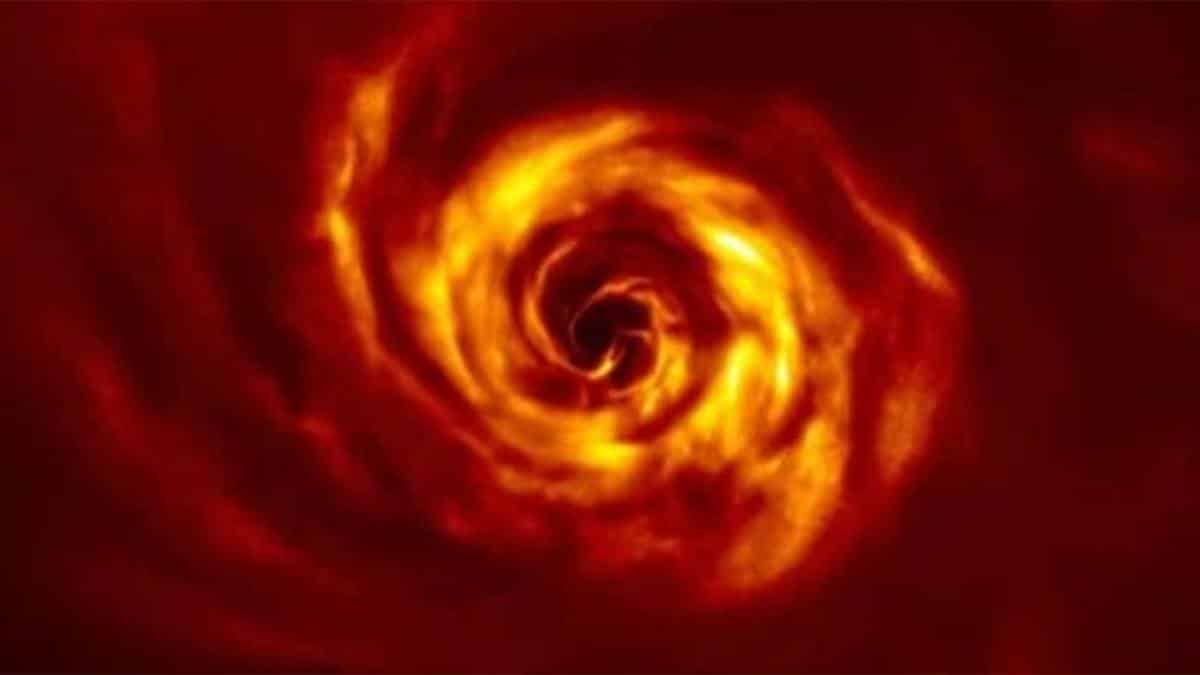For the first time, scientists checked the birth of a planet – AB Aurigae

Space is brimming with various secretive and lovely events. From detonating supernovas to great meteor showers, it has got everything to say the least.
What’s more, from its vibes, scientists just observed what resembles the introduction of another planet – something that has never been seen or caught.
These perceptions were made with the assistance of the European Southern Observatory’s Very Large Telescope (distributed in Astronomy and Astrophysics). The planet took birth around the youthful star AB Aurigae as a thick plate of residue and gas alongside a winding ‘bent structure – an away from of a planet’s arrangement.
Anthony Boccaletti who drove the examination from the Observatoire de Paris, PSL University, France, clarified, “A large number of exoplanets have been recognized up until this point, yet little is thought about how they structure. We have to watch exceptionally youthful frameworks to truly catch the second when planets structure.”
Space experts definitely realize that planets are conceived in dusty circles encompassing youthful stars, (as for this situation, around AB Aurigae) as cool gas and residue combine. The new revelation with ESO’s VLT will help give critical data to assist researchers with bettering comprehend this marvel.
A planet is conceived
As indicated by Emmanuel Di Folco of the Astrophysics Laboratory of Bordeaux (LAB), France, who additionally took an interest in the examination, The new pictures feature this stunning marvel around AB Aurigae, found 520 light-years from Earth. Spirals of this sort for the most part connote the nearness of infant planets, which ‘kick’ the gas, making unsettling influences in the plate as a wave, to some degree like the wake of a pontoon on a lake.
That winding curving development is important. As per co-creator Anne Dutrey, “The curve is normal from some hypothetical models of planet development. It compares to the association of two spirals — one twisting inwards of the planet’s circle, the other extending outwards — which join at the planet area. They permit gas and residue from the plate to accumulate onto the framing planet and cause it to develop.”
European Southern Observatory is in procedure of building a 39-meter Extremely Large telescope which will better the best in class ALMA and SPHERE telescopes to look to extrasolar universes.
Boccaletti feels this incredible telescope will permit stargazers to get progressively point by point pictures of the arrangement of the planets, expressing, “We ought to have the option to see straightforwardly and all the more absolutely how the elements of the gas add to the development of planets.”


